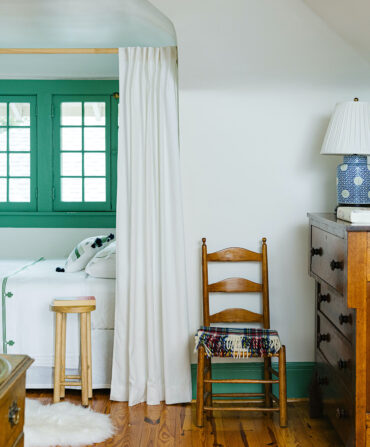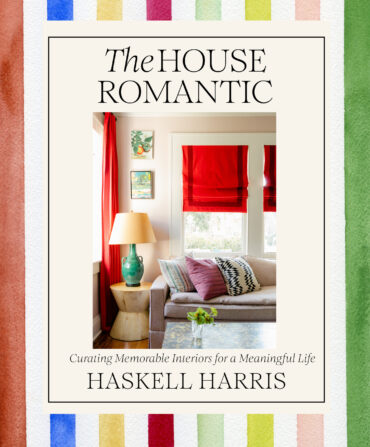Home & Garden
How Sarasota, Florida, Became the South’s Hotspot for Mid-Century Design
A protected little enclave of modern Southern style
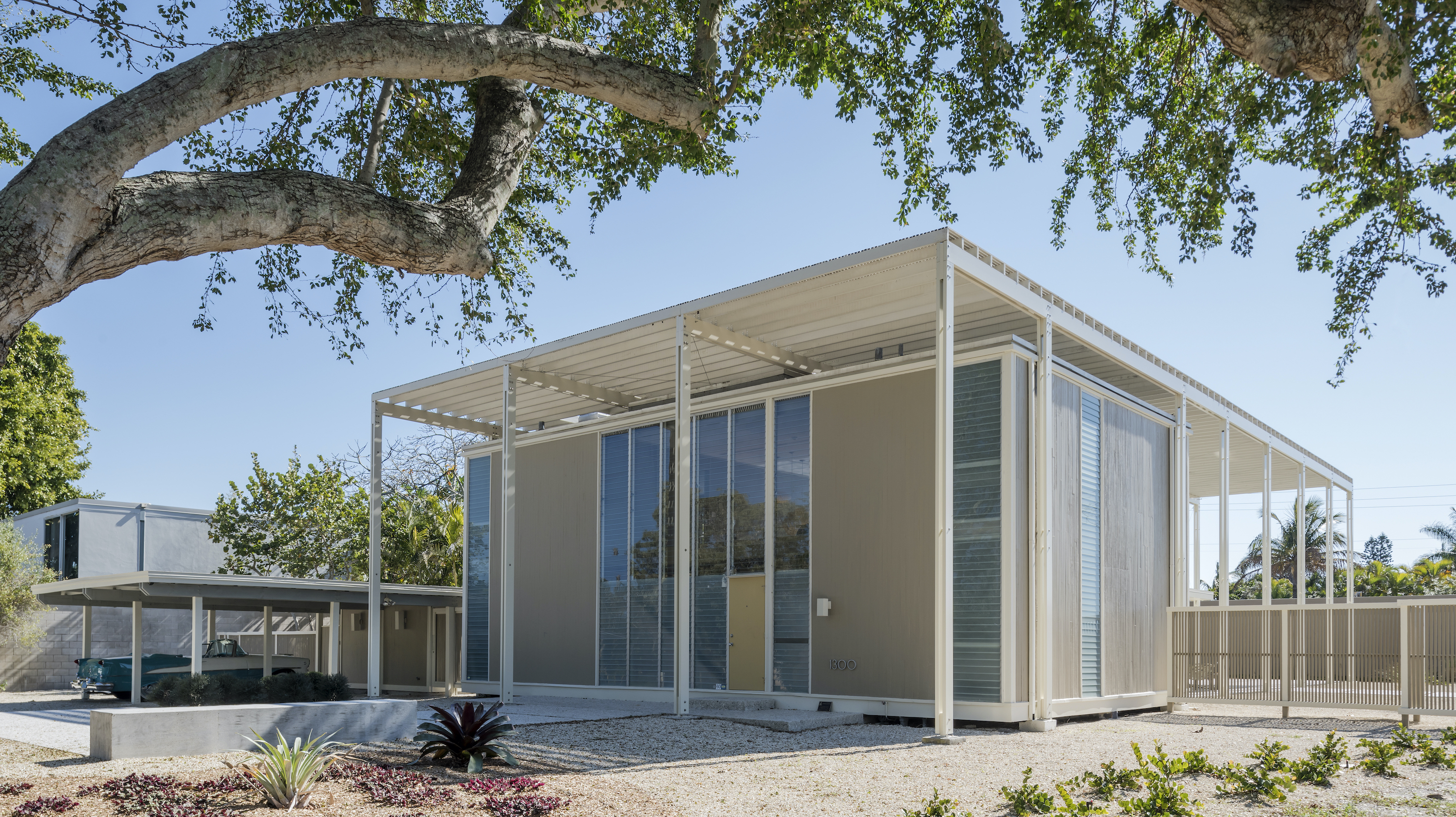
Photo: Anton Grassl / Esto
The Umbrella House by architect Paul Rudolph.
Tucked away on a residential street in Sarasota’s Lido Shores neighborhood, you’ll find the modernist home known as the Umbrella House. The boxy, wood-and-glass building is named after the flat-roofed, slatted canopy stretching from the front of the house to the back, where it encircles the pool in a U-shape and creates a shaded stretch of patio. It’s definitely eye-catching, but the average out-of-towner driving by probably doesn’t know that it’s also widely considered one of the most important pieces of mid-century American architecture.
The phrase “mid-century modern home tour,” might evoke thoughts of Palm Springs, the California desert town known for its number of modernist homes. But recently, more people are catching on to another spot to see this kind of design: Sarasota, Florida. The Gulf Coast town is the birthplace of the Sarasota School of Architecture movement, where developers and architects like Philip Hiss, Ralph Twitchell, and Paul Rudolph (who designed the Umbrella House in 1953) took the traditional aspects of modernism, tailored them to life in humid climates like Florida, and called it tropical modernism.

Photo: Anton Grassl / Esto
The pool at the Umbrella House.
While hard-core design aficionados have long known about Sarasota’s significance, a swath of recent press coverage and heightened awareness has ignited reinterest in the Southern city as an architectural tourist destination. The Wall Street Journal recently named Sarasota alongside spots like Sri Lanka as one of its seven must-see travel destinations, and this year the New York Times listed Sarasota on its annual “52 Places” travel list, describing the city as having “the most spectacular concentration of modernist buildings east of the Mississippi.” Meanwhile, the group Visit Sarasota says that between January and March of this year, Sarasota County saw a 12 percent jump in the number of tourists spending time in the history and museum spaces, which include architecture.
The group Architecture Sarasota is part of the reason for all this buzz. Launched last year under Executive Director Anne-Marie Russell, formerly executive director of the Sarasota Art Museum, the group works to spread awareness of and preserve the Sarasota School buildings. ”We live in a country and we live in a state that is used to decimating its history for the new,” Russell says. “So we’re working to change that.”
Russell is spreading the word in part via the group’s expanded programming. Sure, visitors can tour sites like the Revere Quality House, the geometric home in Siesta Key that relies heavily on horizontal lines and floor-to-ceiling glass panes, which Twitchell and Rudolph designed in 1948. But they can also now take yoga classes at the Umbrella House, go on kayak tours to examine prominent waterfront homes like Rudolph and Twitchell’s Cocoon House (the cozy, 760-square-foot cottage gets its name from the polymer spray Rudolph used on its roof—the same kind used to “cocoon” WWII ships) or visit Architecture Sarasota’s HQ (housed in a former furniture showroom designed by Sarasota School architects William Rupp and Joseph Farrell) for exhibits on tropical modernism.

Photo: Bryan Soderlind
The Cocoon House.
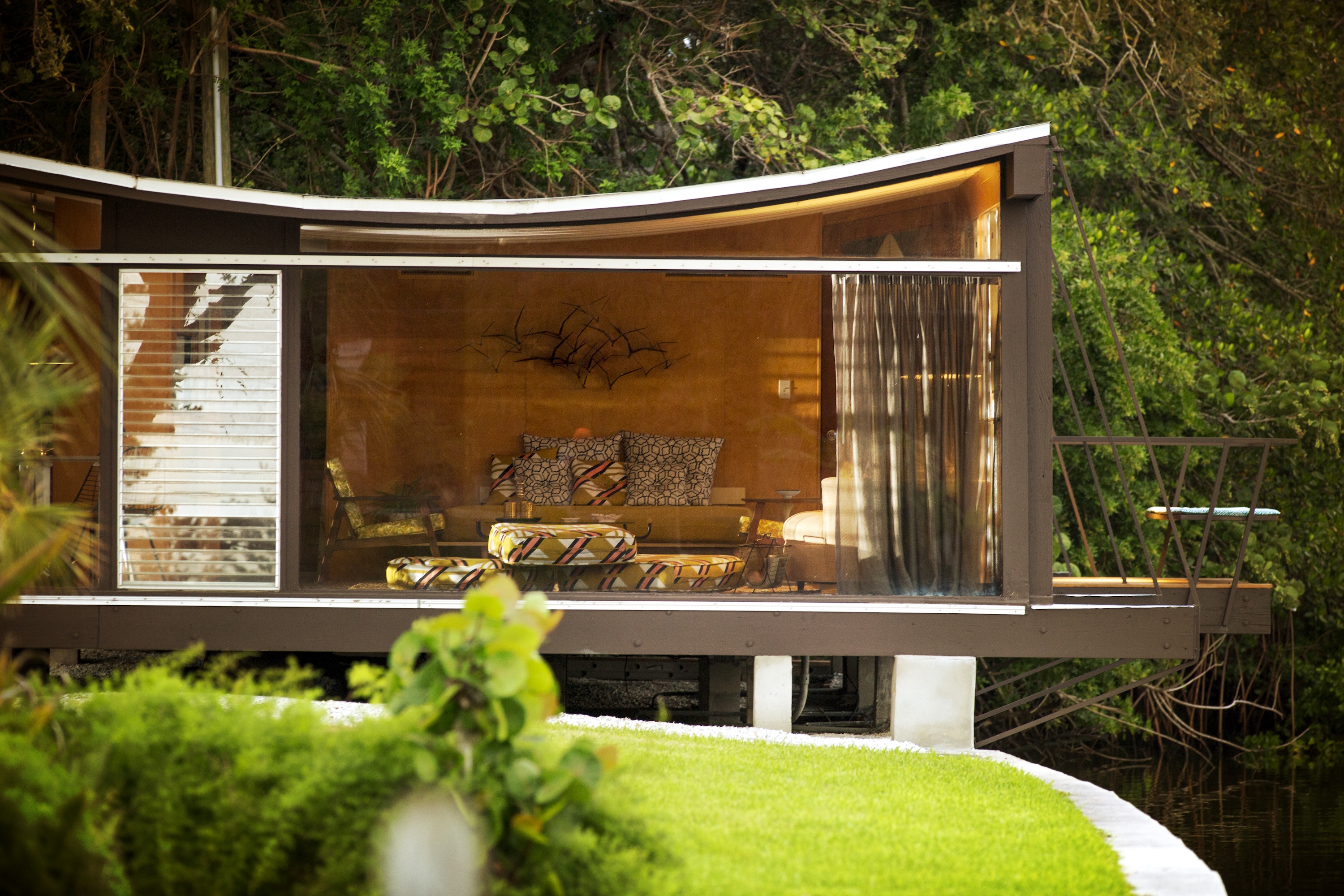
Photo: Bryan Soderlind
A glimpse inside.
But one of the most exciting new additions is the overnights. Guests can now spend the night at sites like the Umbrella or Cocoon houses on a select, case-by-case basis, and, later this year, the group will launch a larger program allowing anyone to book stays in architecturally interesting homes throughout Sarasota, Russell says. Additionally, the group is expanding its annual November Mod Weekend to span several days. This year’s event will take place around the weekend of November 12 and focus on all things tropical modernism. Details are still unfolding, but expect tours, parties, exhibits, lectures, and events.
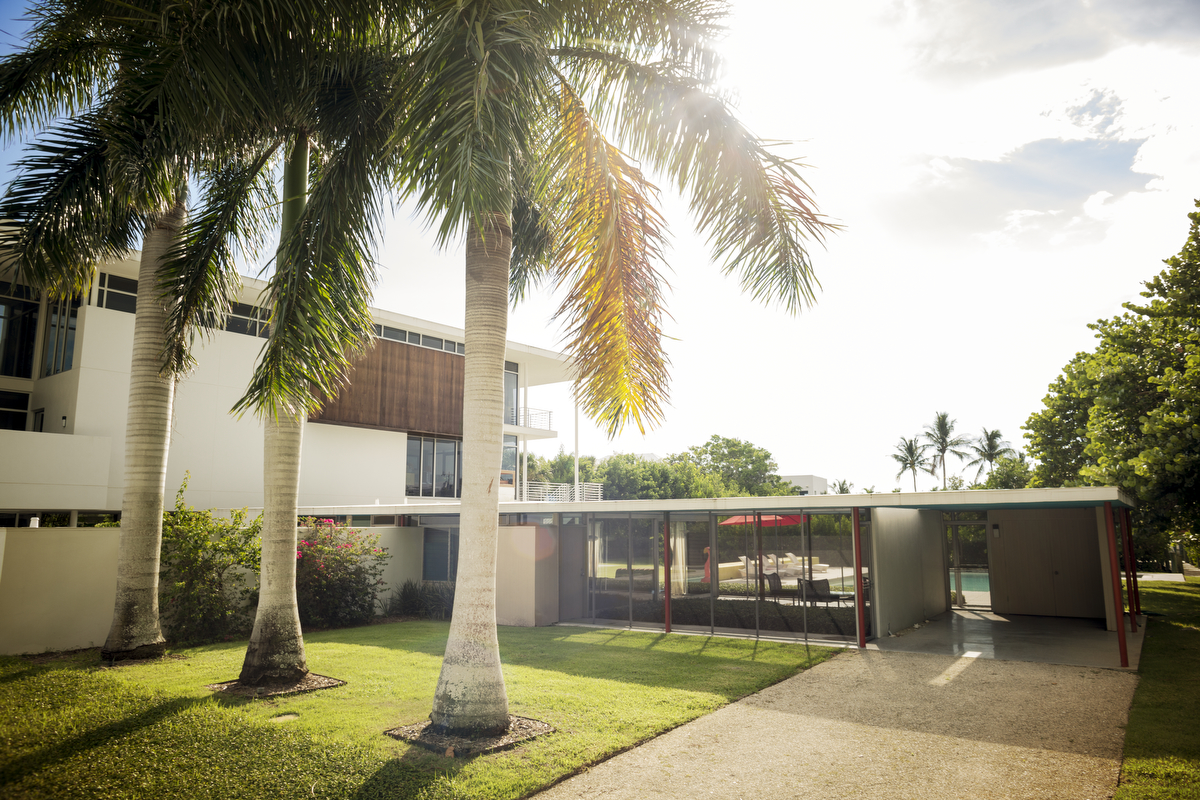
Photo: Bryan Soderlind
The Revere House.
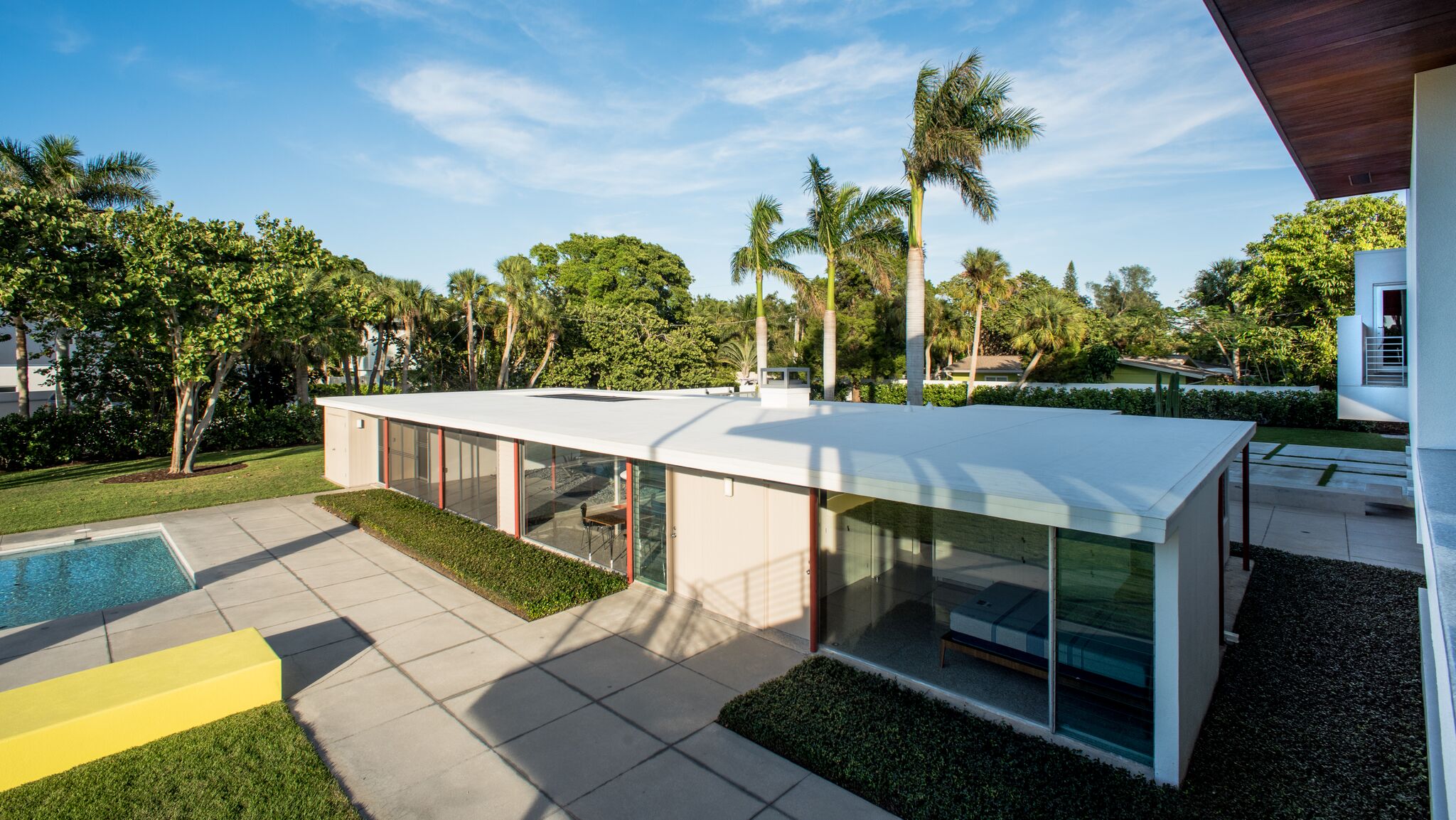
Photo: Wayne Eastep
The exterior.
Russell says the Sarasota School’s tropical modernism has seen renewed interest with climate change and public health in the news. For instance, Sarasota School homes are built to naturally cool themselves via heat-deflecting overhangs and architecture that encourages cross-breezes. This was something designers had to do in the movement’s pre-air conditioner days, but these approaches are also good inspiration for today’s eco-conscious homeowners (or people who just want to reduce their energy bill). Sarasota School homes also rely on bringing the outdoors in via plenty of open-air spaces. “This is how we should be building,” Russell says. “These guys were a great model, and we’re just kind of rediscovering, and the rest of the world is rediscovering, how smart these designs were and this design sensibility.”
Max Strang, an architect with offices in Sarasota and Miami whose work is greatly influenced by the Sarasota School, agrees. “More and more people are going to be traveling to Sarasota just to see and to visit these structures,” he says. “It’s been four, five, six decades now since the Sarasota School buildings were originally built, and they’ve proven that they weren’t just a fad of the time—there is an enduring intrigue.”


